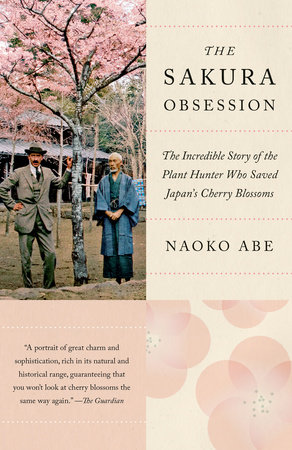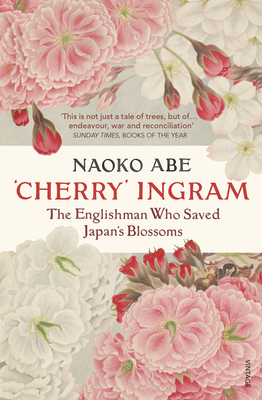

In 1926, English cherry blossom enthusiast Collingwood Ingram (1880-1981) was invited to Japan to give a lecture to the Cherry Blossom Society.

Embed from Getty ImagesĪbove: A bird’s eye view of the Taihaku cherry orchard at The Alnwick Garden. Most significantly, it was a cloned variety which meant that all the Somei-yoshino trees bloomed and lost their petals within the same eight days – a startlingly dramatic reminder that millions of citizens could at any time be called upon to sacrifice their lives for the emperor.īoth the navy and the army incorporated Somei-yoshino blossoms into their insignia and, whenever Japan had something to celebrate, this was the only variety planted. The trees cultivated had changed over time too, and from the late 19th century, the newly developed Somei-yoshino trees predominated, thanks to how quickly they grew (from sapling to maturity in about 5 years), ease of propagation, and their beauty with the masses of pale pink flowers appearing before the leaves. The book was been well-received with glowing reviews in a number of newspapers and magazines and two weeks ago was featured as BBC Radio 4's Book of the Week.In her 2019 book, The Sakura Obsession, Naoko Abe says that whereas in ancient Japan cherry blooms had been seen as a metaphor for new beginnings, by the 1930s official propaganda had turned the blossoms, which had a short and beautiful life, into a militaristic symbol (click on the link to read an extract). My grandfather was a remarkable man, living to the age of 100 and wrote his last book at the age of 97. As a result, Taihaku has thrived and now can be seen all over Japan and other places in the world. He took cuttings home to his garden in Benenden, Kent (the village in which I grew up a mile or so away) and eventually was able to send cuttings back to Japan. As a result, he was determined to reverse this trend and discovered in a garden in East Sussex examples of Taihaku, the Great White Cherry, which had almost completely disappeared in Japan. On visits to Japan he discovered that the flowering cherry was in danger of dying out in that country. The book tells the story of my grandfather, Collingwood Ingram but often known as 'Cherry' Ingram, who was one of the world's leading cherry experts. Last week I attended the book launch of 'Cherry' Ingram- The Englishman Who Saved Japan's Blossoms, published by #Chatto and Windus and written by #Naoko Abe, a Japanese writer, who wrote the prizewinning Japanese version in 2016. 'Cherry' Ingram - The Englishman Who Saved Japan's Blossoms


 0 kommentar(er)
0 kommentar(er)
